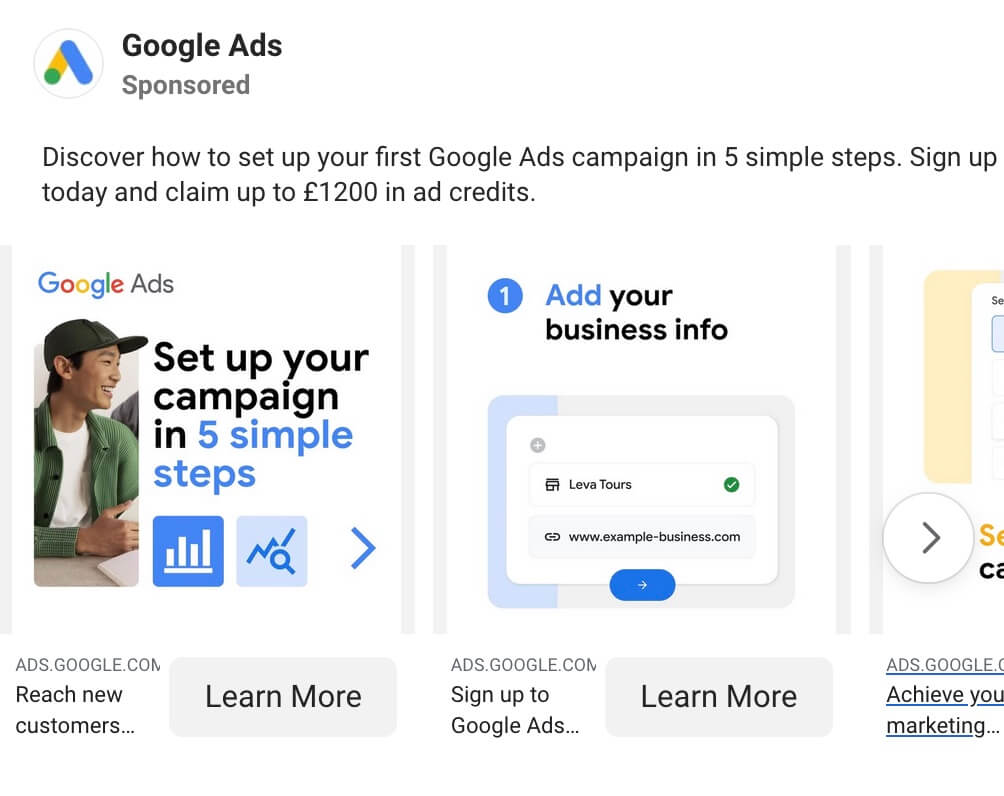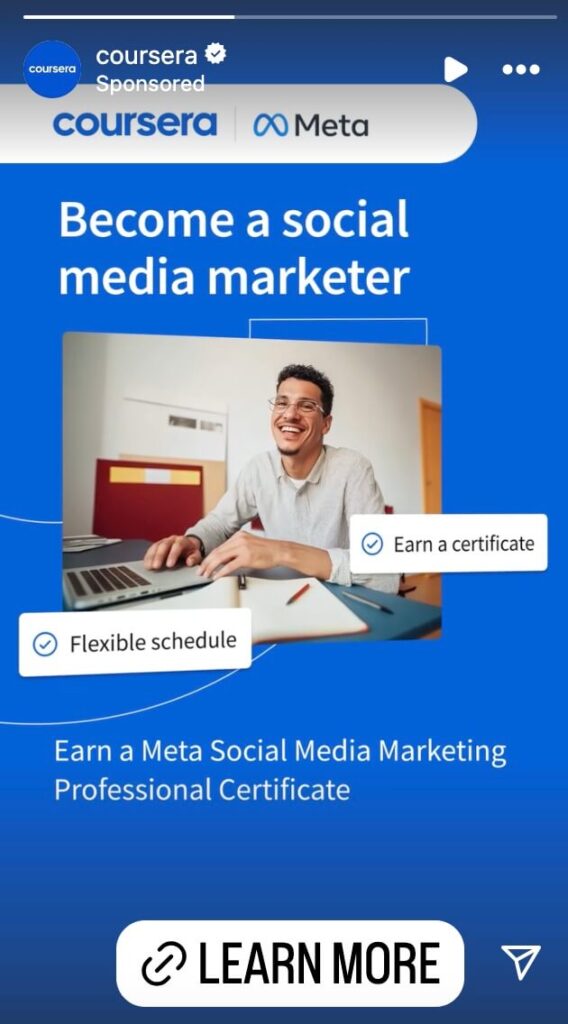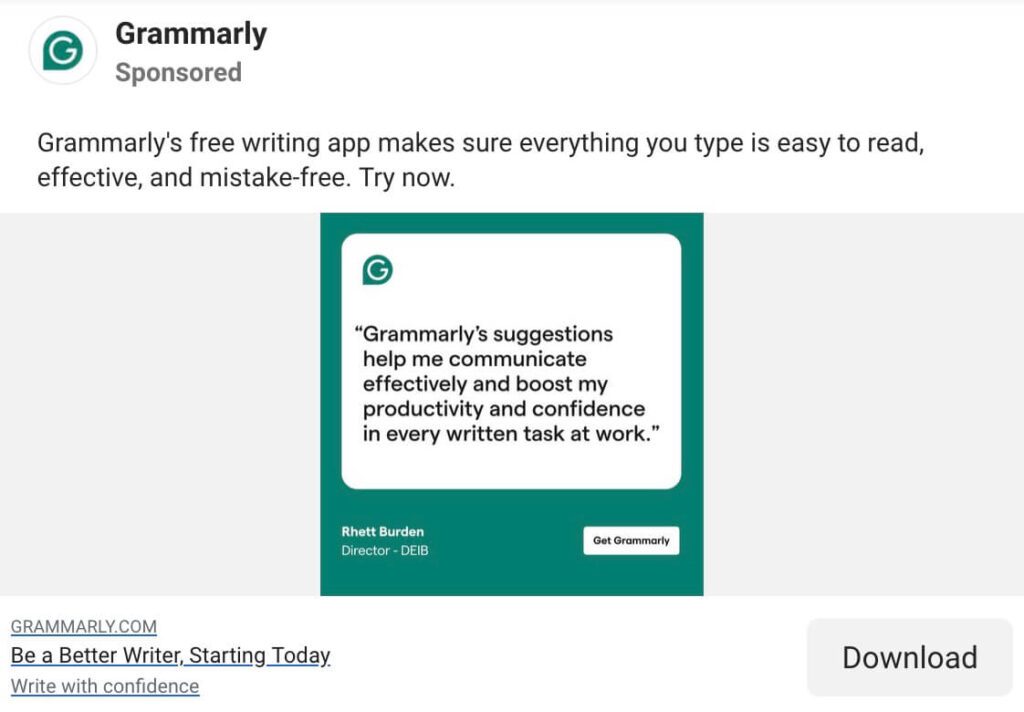Ad Fatigue Killing Your ROI? Here’s What to Do
Algorithm changes, shrinking marketing budgets, negative brand perception – there are plenty of things a marketer has to worry about. But beyond these, there’s a new threat emerging in the digital age and that is – ad fatigue.

Are your carefully crafted ads not converting as intended? Perhaps your engagement metrics are not as expected despite your best efforts? This might all be due to ad fatigue. It’s exactly what it sounds like – your audience is simply tired of seeing too many ads. Too many ads that look the same. Too many ads that sound and feel overly promotional. The result? Your audience becomes blind to your brand’s message in the process. Now, you do not want that, do you?
In this post, we’re exploring the detrimental effects of ad fatigue and some tips to overcome it. Particularly about any design tips that will help enhance your advertising efforts.
Let’s get started now, shall we?
Understanding the Impact of Ad Fatigue on Your Marketing Efforts
Some sources state that most consumers are exposed to thousands of ads every day. While we do not know if those figures are accurate, one thing we know for sure is that ads are everywhere. On that web page you browse, the app you use, and even in between those videos you watch. Naturally, ad fatigue is a serious concern. After all, no one likes promotional messages being shoved on them all day every day.
So ad fatigue leads to your customers becoming oblivious to your ads and your brand. When this happens, your ad reaches the right audience but does not drive the intended action. So, what does this lead to?
- Engagement rates decline – when users see the same ads over and over again, they stop engaging with it.
- Too many ignored ads lead to negative brand perception. You do not want your audience to view your ads as spammy, do you?
- Wasted ad spend – Poor-performing ads are a waste of marketing budgets. Did you know that the advertising market is expected to reach US$1,158 billion in 2025? With advertising expanding at this pace, you need to be sure that your ad spend is being utilized well.
With all these hassles to avoid, it’s time to think about preventing ad fatigue. So, how do you do that? Let’s find out.
Tackling Ad Fatigue – 7 Strategies to Explore
1. Diversity in ad formats – mix it up for good!
Each platform supports a different set of ad formats. There are image and video ads, interstitial ads that are immersive, Story ads, carousel ads, and more. What works on one platform might not on the other. And what works for one brand might not work for another.
Therefore, if you think that your ad metrics are not up to the mark, one of the first ideas to explore is to switch up ad formats. Repurpose your existing static posts and create carousel ads that encourage users to swipe through and grab more details.
Here’s one such ad where Google Ads promotes the same message but in two different formats. One simply talks about the £1200 ad credits advertisers can get on signing up. The static image ad is straightforward and promotional whereas the carousel ad is informative and engaging.


Similar to the example here, fine-tune the message to better suit the chosen ad format. While a direct message is sufficient for static image ads, intriguing details, and information are what encourage customers to swipe through carousel ads.
2. Focus on value first, sales second
One of the biggest reasons for ad fatigue is the salesy tone most ads carry – and how this makes customers feel like they are forced to see or do something.
Driving sales is often the ultimate goal, no doubt! However, to make an ad truly click-worthy, you need to create value before inviting clicks. This could take the form of providing them with educational blog posts, free webinars, helpful tools, entertaining videos, or even engaging social media content.
The core idea is to give your audience something useful, demonstrating your expertise and building goodwill. It could be something as simple as giving them a thought-provoking fact that intrigues them or is useful for them to know. Like the post here.

Information like this builds trust. Additionally, it helps establish your brand’s authority within your industry.
Besides, people are more likely to trust and support brands that genuinely care about their needs and provide them with value. This builds credibility and makes your audience more receptive to your sales messages when you eventually do present them in upcoming ads.
3. Unleash the power of interactive ads
One of the best cures for ad fatigue is to infuse your ad with some interactivity. Interactive ads ensure that your target audiences are not just passive viewers but participants who interact with your ads.
There are several ways to make an ad interactive –
- Add polls, quizzes, or other interactive stickers that customers can interact with in real time.
- Use gamified ads.
- Host challenges or online contests that encourage participation.
- Use AR filters, virtual try-ons, and other relevant formats to enhance interaction.
One of the best examples of interactive campaigns is Samsung’s “Try Galaxy on Your Phone” campaign where the brand allowed customers to experience the Galaxy difference on their existing smartphones.
Exposing customers to the interface and letting them gain first-hand experience with the product is a good way to convince them about the benefits of your product!
As you can see in the above example, interactive ads break the monotony and create excitement. They are refreshing changes from traditional promotional content. Thus they help prevent ad fatigue and encourage users to spend more time with your brand. Finally, interactive ads are memorable too!
4. Precise audience targeting
Casting a wide net might not be a good idea, particularly in paid advertising. In fact, it can be a costly and inefficient approach. Because irrelevance might be one of the biggest causes of ad fatigue.
Therefore, what you need is clear audience targeting. To achieve this:
- Define your ideal customer persona.
- Understand their likes and dislikes.
- Know what problems they are looking to solve.
In other words, invest in demographic targeting, behavioral targeting, and other strategies that ensure that your ad reaches the right audience at the right time. That is one way to eliminate ad fatigue.
For example, take a look at the below ads from Coursera. The copies in both these ads are tailored to suit different audiences. But the message is the same and clear – about the diversity of online courses the platform caters to.


The optimized copy and targeted delivery ensure that the message reaches the right people and strikes the right chord in each case. Besides these ads are from different platforms and in different formats. All of these show the power of personalization and precise targeting.
When people see ads that are tailored to their interests and needs, they’re much more likely to pay attention and engage. Moreover, by targeting the right people, you can avoid showing your ads to uninterested audiences. This allows you to focus your ad spend on those most likely to convert. Thus this reduces the overall frequency of ad exposure for less relevant users.
5. Keep the text minimal & to the point
Too much text makes your ad tiring to consume for an average consumer. So, to avoid ad fatigue, distill the information in your ad into something easily digestible and keep the text crisp and catchy. In fact, Meta recommends keeping the primary text in your ads no more than 1-3 lines long.
Here’s an example to highlight this tip. In this ad, Cadbury attracts attention with just one line of main text “Win a Prize” in a bold and clear font. This makes the ad easy on the eyes and instantly clear.

It works because it respects the viewer’s time and attention. People are more likely to engage with an ad that’s quick and easy to understand. Furthermore, minimal text allows the visuals to take center stage, creating a more visually appealing and memorable ad experience.
6. Inject some character into your ads
Ads that feel bland are the ones that are most likely to tire consumers out. Because they appear vague – they appear like something they have seen several times. And this feeling is what chases them away from your ad. So, what can you do? Inject character into your ads. Feature your mascot, use your brand’s signature tone of voice. In short, make your ad look and feel like your brand so that it stands out from the rest instead of fading away.
Duolingo sure knows how to do it. Here’s an example. Their renowned owl mascot Duo with its iconic intimidating tone of voice sure does grab attention.

Similarly, understand what tone of voice resonates best with your target audience. Is it quirky or formal or friendly or inspirational? Preserve this tone of voice across your ads. This helps your ad and your message stand out even after your customer gets exposed to similar ads multiple times. Because the unique tone talks to them at a more personal level.
In addition to all these, when your ads have personality, they feel more human and relatable. This makes your brand more approachable and builds a stronger connection with your audience as well.
KIMP Tip: To ensure that your brand personality shines through your ads, create clear brand guidelines. In your brand guidelines define what your target customers love and hate and the tone of voice that best represents your brand. Ensure that every marketing material that represents your brand aligns with this tone of voice.
Need help creating your brand guidelines and designing consistent marketing graphics? Get KIMP!
7. Build authenticity with user reviews & testimonials
With all the promotional content floating around, customers crave authenticity. So ensure that your ad gives them that. Consumers want to know what real people think about your brand and your products/services. Not just what you think about those. That’s why including actual user reviews and testimonials in your ads can prove to be a fruitful strategy in avoiding ad fatigue.
When you feature reviews, you are letting your customers do the talking and as we often say, people trust people more than brands. Hence, reviews and actual user stories boost your brand’s credibility and decrease the chances of consumers ignoring your ads.
Moreover, user reviews offer a genuine perspective that’s often missing in traditional promotional ads. This authenticity makes your ads feel more real and less like a sales pitch.
The image below is an ad from Grammarly and it demonstrates the impact of featuring user reviews in ads.

Similarly, create ads that feature actual user reviews. This can be in the form of quotes, star ratings, video testimonials, or even social media posts shared by users. The key is to feature genuine, unsolicited opinions from people who have actually used your product or service. Their words convince skeptical customers and encourage them to click your ads and try your brand.
Say Goodbye to Ad Fatigue & Create Ads That Appeal to Your Audience
See, tackling ad fatigue is easier than you think. So, when are you going to take that first step toward creating ads that appeal to your audience rather than chase them away? When you are ready, sign up for a KIMP subscription. Your dedicated design team will take care of all your ad designs – static images, carousels, Story ads, Reels – all the formats you need to strike a conversation with your customers.
What’s more? Unlimited designs mean that you get to confidently perform A/B testing. So you can experiment with diverse formats and find what works for your brand. Sounds good? Register now for a free 7-day trial and start your journey toward creating ads that do not bore your audience.
